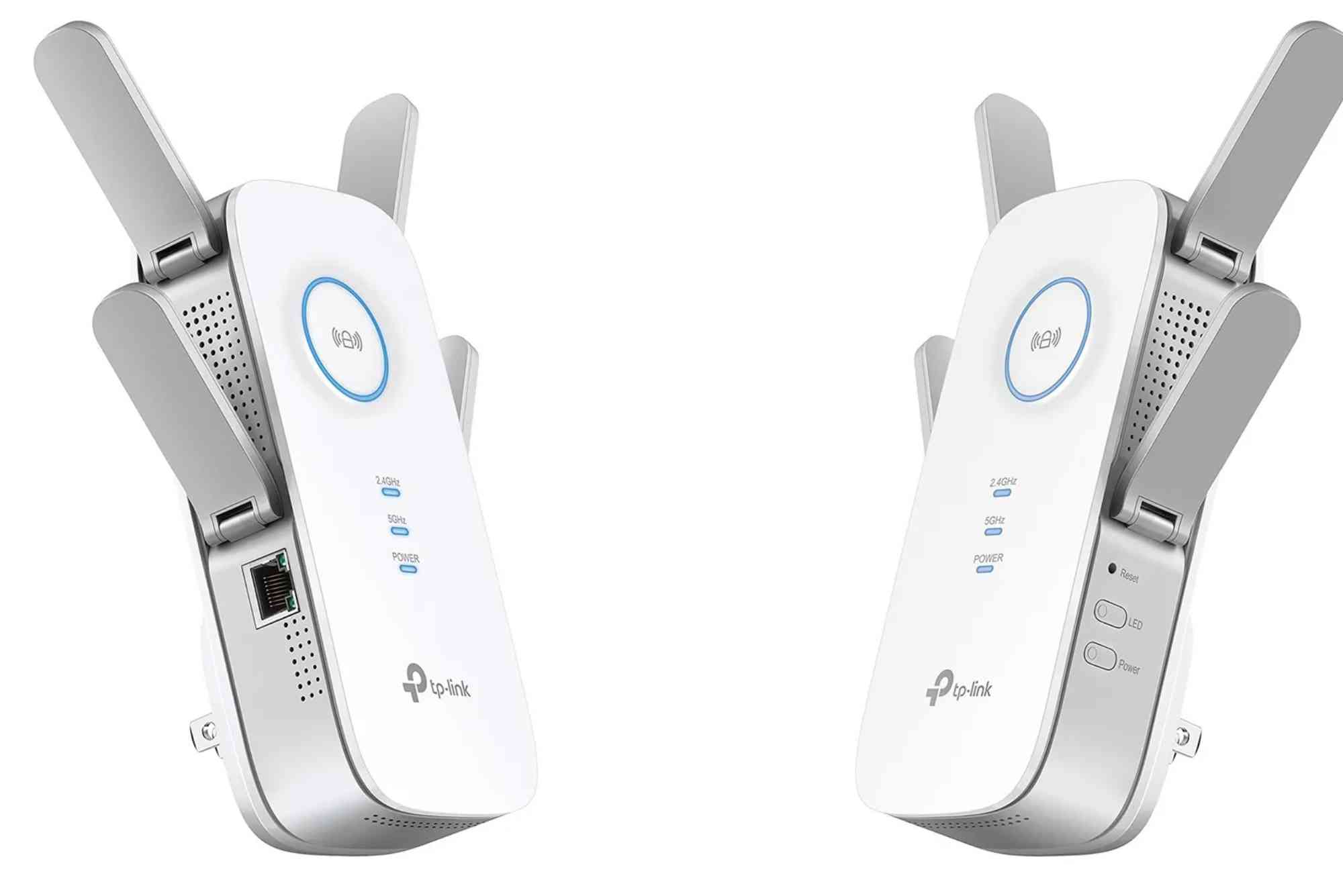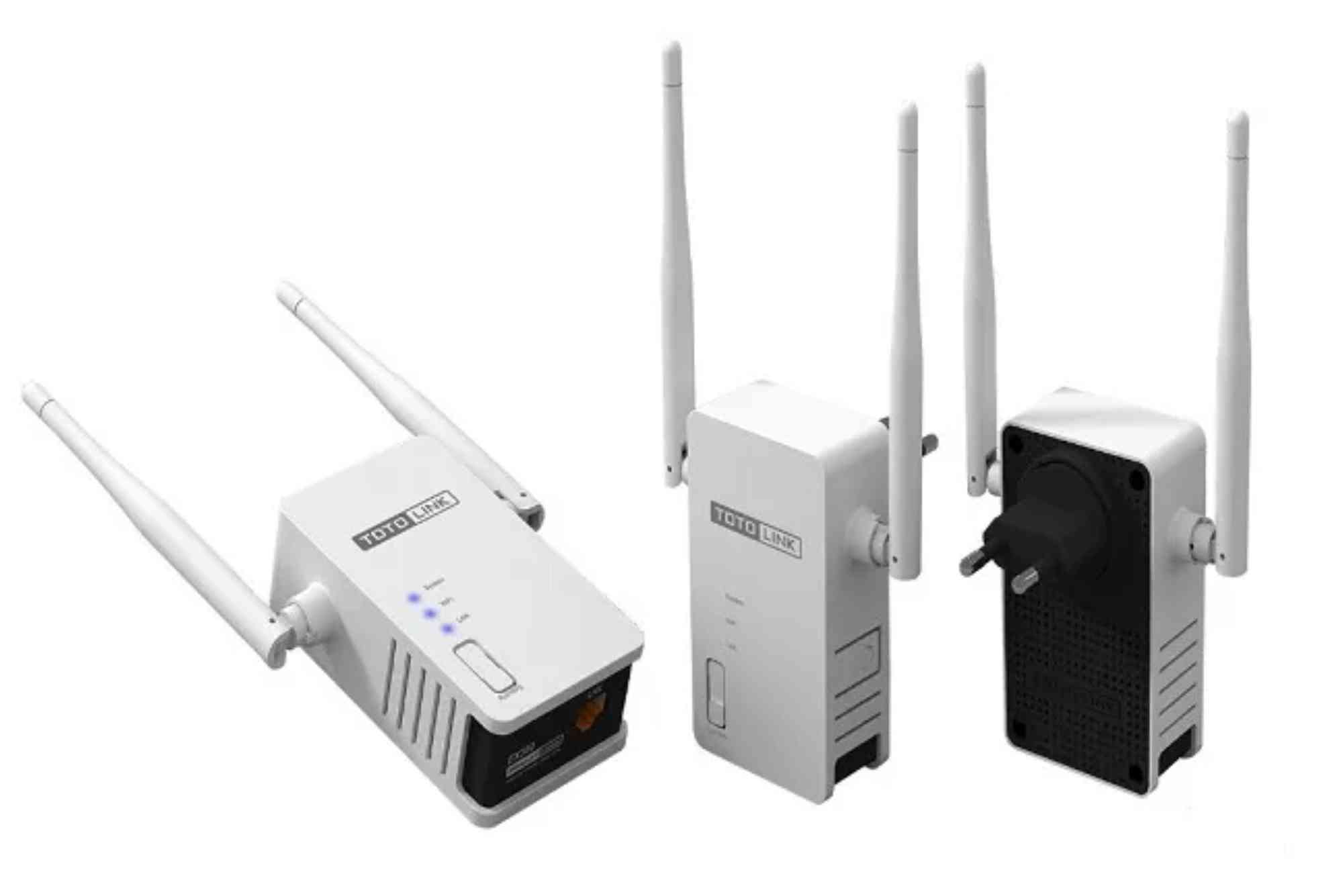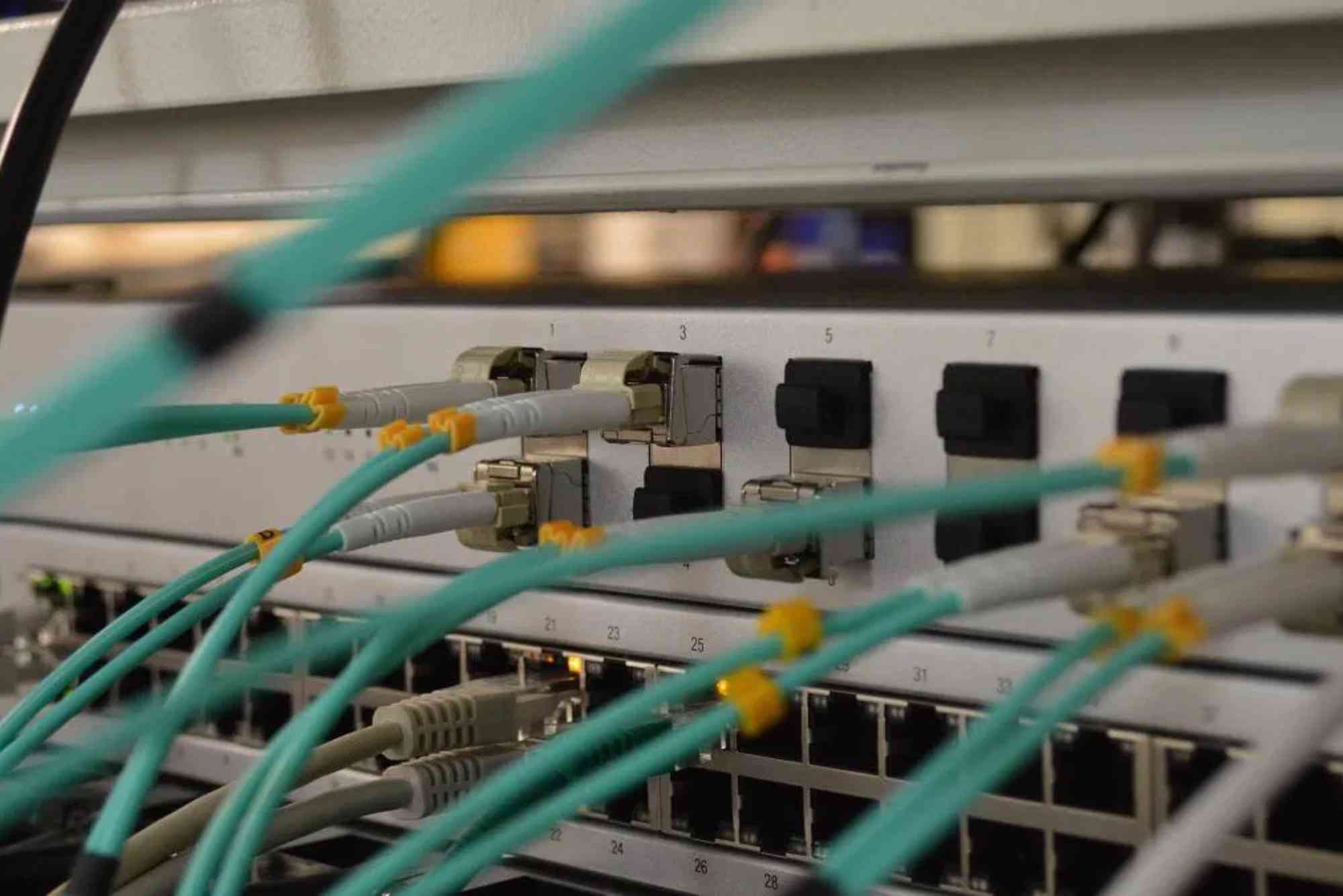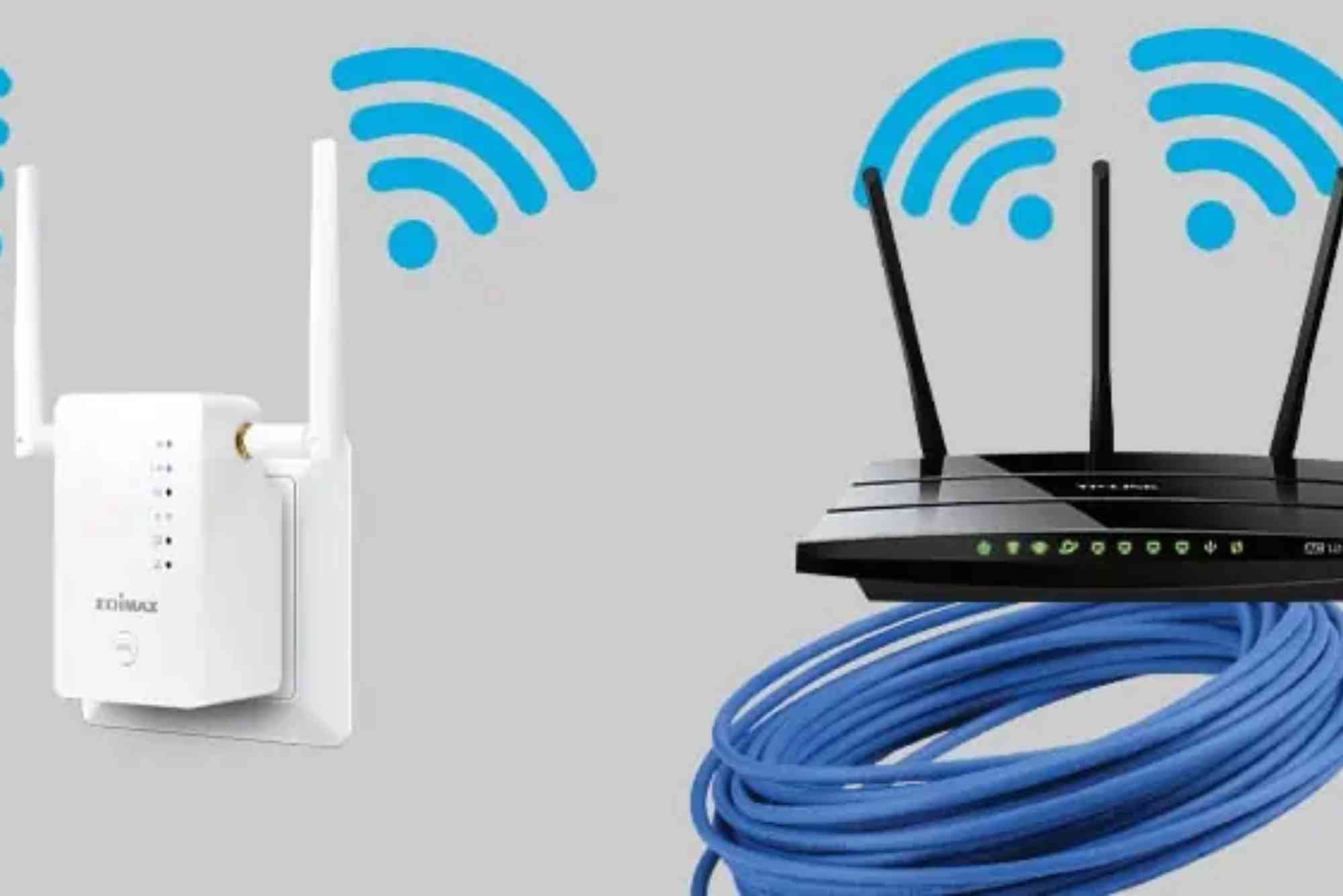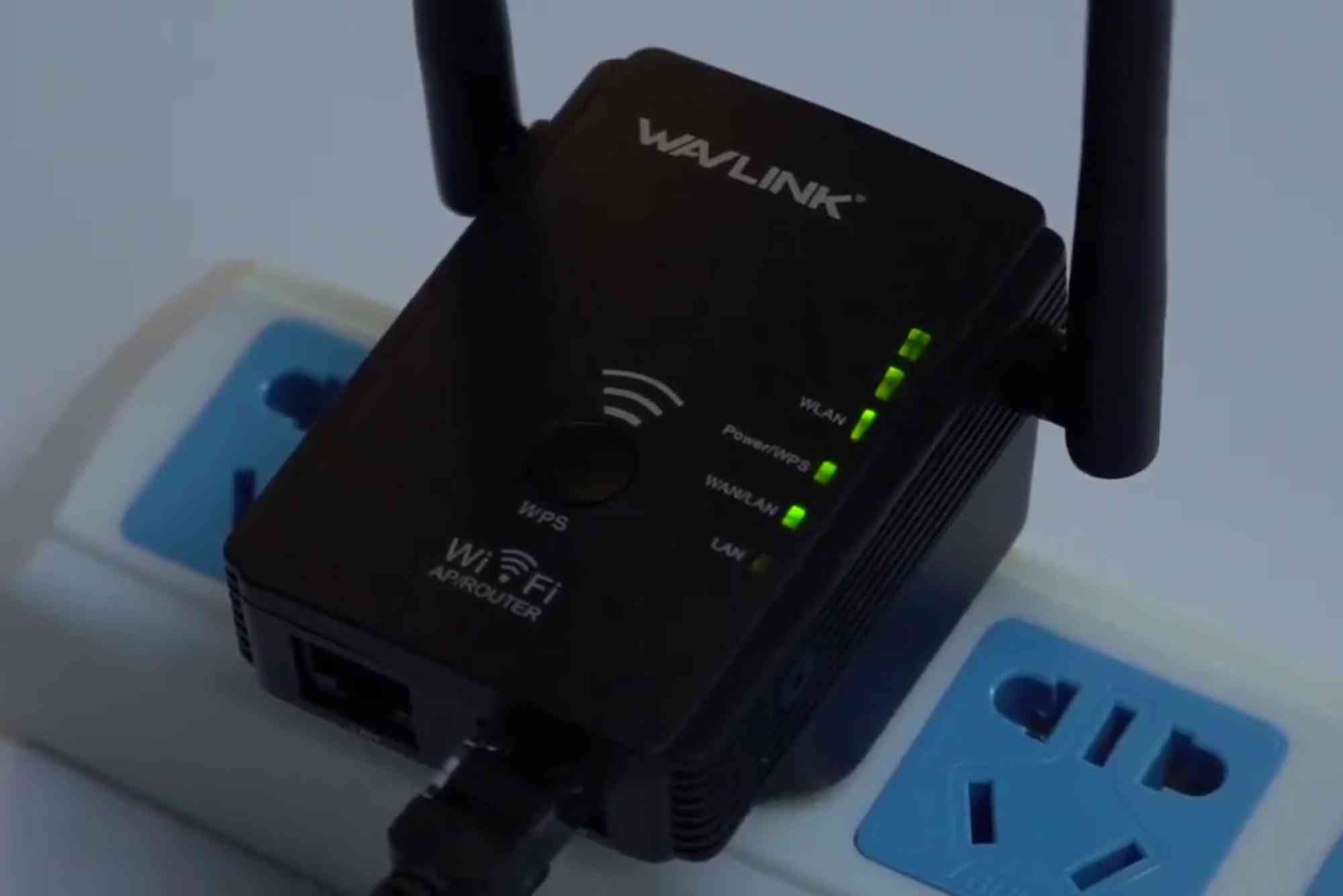How to Fix Slow DNS Resolution Caused by ISP
Experiencing slow internet can be frustrating, especially when the culprit is your ISP’s DNS. DNS (Domain Name System) acts like a phonebook for the internet, translating website names into IP addresses. When your ISP’s DNS is slow, it delays website loading and can even disrupt online services. Fortunately, there are practical ways to fix ISP slow DNS resolution and enhance your browsing experience.
This guide explores proven solutions to speed up DNS queries and improve overall internet performance.
What Causes Slow DNS Resolution?
Understanding the root cause helps in applying the right fix. Slow DNS resolution can occur due to:
Overloaded ISP DNS Servers
ISPs often provide shared DNS servers for multiple users. High traffic can slow down query responses.
Network Configuration Issues
Incorrect DNS settings on your computer or router may cause delays in resolving domain names.
Geographic Distance from DNS Servers
If your ISP’s DNS server is far from your location, the request takes longer to process.
Malware or Browser Problems
Malware can interfere with DNS settings, while outdated browsers may slow down DNS caching and lookup.
How to Fix ISP Slow DNS Resolution
There are several practical steps to fix ISP slow DNS resolution. These range from adjusting settings on your device to changing DNS providers.
Use Alternative DNS Servers
Switching to a reliable public DNS can dramatically improve speed.
Popular Free DNS Services:
- Google DNS: 8.8.8.8 and 8.8.4.4
- Cloudflare DNS: 1.1.1.1 and 1.0.0.1
- OpenDNS: 208.67.222.222 and 208.67.220.220
Steps to Change DNS on Windows:
- Open Control Panel → Network and Internet → Network and Sharing Center.
- Click on your active connection → Properties → Internet Protocol Version 4 (TCP/IPv4).
- Select “Use the following DNS server addresses” and enter the preferred DNS.
- Click OK and restart your connection.
This simple switch can often bypass slow ISP DNS servers.
Clear DNS Cache
Old DNS cache may store incorrect or slow responses. Clearing it can refresh DNS queries.
For Windows:
- Open Command Prompt as admin.
- Type
ipconfig /flushdnsand press Enter.
For macOS:
- Open Terminal and type
sudo killall -HUP mDNSResponder.
This step ensures your system uses the fastest, most accurate DNS resolution available.
Adjust Router DNS Settings
Changing DNS settings directly on your router benefits all devices connected to your network.
Steps:
- Log into your router admin panel.
- Locate DNS settings under WAN or Internet settings.
- Enter your preferred DNS servers (Google, Cloudflare, or OpenDNS).
- Save changes and reboot the router.
This eliminates reliance on your ISP’s slow DNS across all devices.
Optimize Network Configuration
Ensuring your network is properly configured can enhance DNS resolution speed.
- Enable DNS Prefetching: Modern browsers like Chrome and Firefox support prefetching for faster domain lookups.
- Check MTU Settings: Incorrect Maximum Transmission Unit can slow down packet transmission, including DNS queries.
- Disable IPv6 if Unnecessary: Some ISPs handle IPv6 slower than IPv4, affecting DNS resolution.
Use a VPN or DNS Resolver App
VPNs with reliable DNS servers can bypass ISP slow resolution. Likewise, apps like Cloudflare’s 1.1.1.1 can provide faster DNS on mobile devices.
Test Your DNS Speed
Before and after making changes, test your DNS speed using online tools:
- DNS Benchmark (Windows)
- Namebench (Cross-platform)
- GRC’s DNS Benchmark
Compare response times and choose the fastest DNS provider.
Benefits of Fixing Slow DNS Resolution
Fixing ISP slow DNS resolution has several advantages:
- Faster Web Browsing: Websites load quickly and smoothly.
- Improved Streaming: Reduce buffering on Netflix, YouTube, and other platforms.
- Stable Online Gaming: Less lag and faster server connections.
- Enhanced Security: Some DNS services offer malware and phishing protection.
Slow DNS resolution from your ISP can hinder your internet experience, but it’s fixable. By changing DNS servers, clearing cache, adjusting router settings, and using DNS tools, you can dramatically improve browsing speed and reliability.
Take charge of your internet today and fix ISP slow DNS resolution to enjoy seamless browsing. For professional assistance, consider consulting Dhanote Internet Services.
FAQs
Q1: Why is my ISP’s DNS so slow?
ISP DNS servers can be overloaded, outdated, or geographically distant, causing delays in resolution.
Q2: Will changing my DNS affect my internet security?
Reputable DNS services like Cloudflare, Google, or OpenDNS also provide enhanced security features.
Q3: Can clearing DNS cache improve internet speed?
Yes, flushing DNS removes outdated entries and speeds up domain name lookups.
Q4: Is it safe to use a public DNS server?
Yes, if you use trusted providers. Avoid unknown DNS servers that may log your data.
Q5: Can a VPN fix slow DNS resolution?
Yes, a VPN can route DNS requests through faster, more reliable servers, bypassing ISP delays.

